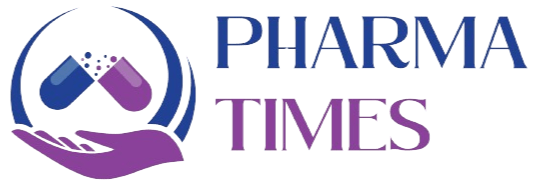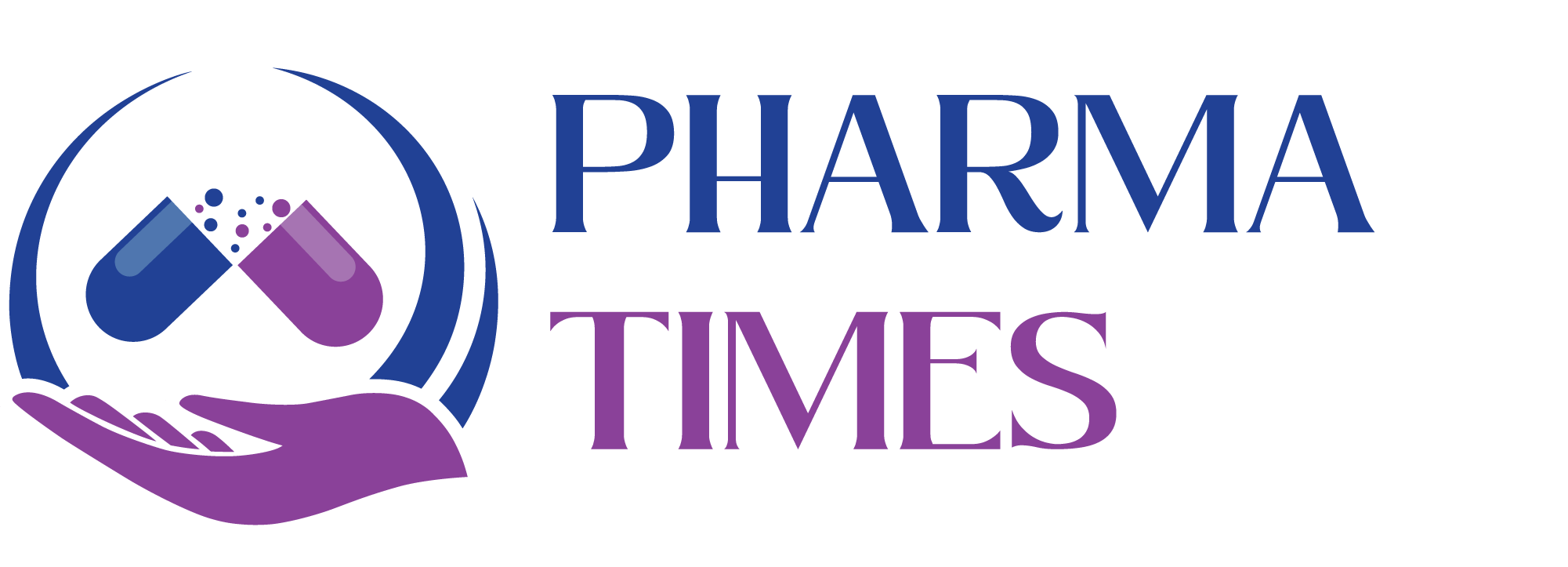SOP for Preparation and Handling of Primary Standard.

Standard Operating Procedure (SOP)
1. Purpose
This SOP outlines the procedures for the correct preparation, handling, and storage of primary standards to ensure accuracy, reproducibility, and traceability in analytical measurements.
2. Scope
This procedure applies to all laboratory personnel involved in the preparation, use, and storage of primary standards in [Organization/Department Name].
3. Definitions
-
Primary Standard: A highly pure, stable, non-hygroscopic chemical substance used to prepare standard solutions for analytical methods.
4. Responsibilities
-
Laboratory Analysts: Prepare and handle primary standards as per this SOP.
-
Supervisors/Managers: Ensure staff are trained and the SOP is followed correctly.
-
Quality Assurance (QA) Department: Review and approve the SOP, audit adherence.
5. Materials and Equipment
-
Analytical balance (calibrated)
-
Weighing boat or paper
-
Desiccator
-
Clean, dry volumetric flasks
-
Pipettes
-
Distilled or deionized water (if solution preparation is involved)
-
Clean spatula or scoopula
-
Primary standard chemical (certified)
6. Procedure
6.1 Selection of Primary Standard
-
Choose substances that are:
-
Highly pure (>99.9%)
-
Stable (no decomposition over time)
-
Non-hygroscopic
-
Readily available and inexpensive
-
High molar mass to minimize weighing errors
-
Examples: Potassium hydrogen phthalate (KHP), Sodium carbonate (Na₂CO₃), Silver nitrate (AgNO₃).
6.2 Preparation
6.2.1 Drying (If Required)
-
Place the primary standard in a clean, labeled drying container.
-
Dry in an oven at the recommended temperature (e.g., 110°C for Na₂CO₃) for the specified duration.
-
Cool the substance in a desiccator before weighing.
6.2.2 Weighing
-
Tare the clean, dry weighing container.
-
Carefully transfer the dried primary standard into the container using a clean spatula.
-
Weigh the required amount accurately (to 4 decimal places for high-precision work).
6.2.3 Solution Preparation (If Applicable)
-
Dissolve the weighed amount of the primary standard in an appropriate volume of distilled/deionized water.
-
Transfer to a volumetric flask and dilute to the mark.
-
Invert the flask several times to ensure thorough mixing.
6.3 Labeling
Clearly label the container or flask with:
-
Name of the standard
-
Concentration (if solution)
-
Date of preparation
-
Expiration date (based on stability data)
-
Initials of the preparer
6.4 Storage
-
Store solid primary standards in clean, airtight containers in a desiccator or appropriate cabinet.
-
Store primary standard solutions in clean, tightly closed flasks away from light and heat.
-
Record storage conditions in the laboratory logbook.
7. Documentation
-
Record details of preparation (batch number, amount weighed, calculations, observations) in the standard preparation logbook or appropriate electronic system.
-
Maintain Certificates of Analysis (CoA) for all primary standards used.
8. Precautions
-
Always use calibrated equipment.
-
Avoid contamination by using clean tools and containers.
-
Handle hygroscopic substances quickly to minimize moisture uptake.
-
Use personal protective equipment (PPE) as required.
9. References
-
USP (United States Pharmacopeia)
-
ASTM (American Society for Testing and Materials) Guidelines
-
Internal Quality Manuals
🎓 Discover one of the best Quality Assurance courses available — click below to explore the course that’s shaping future QA skills.https://trcjw.on-app.in/app/oc/306166/trcjw

